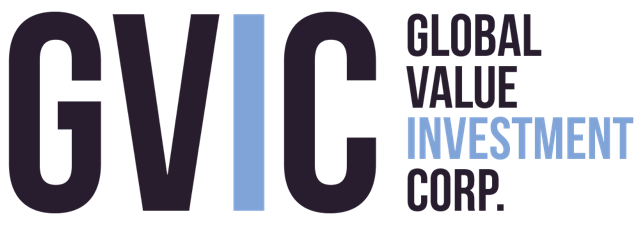Boots on the Ground
Members of our research team recently traveled to the offices and facilities of companies held in client portfolios to have productive discussions with management teams, observe recent improvements at the facilities, and attend an annual meeting of shareholders.
We have written in the past about the value of on-site visits. People run businesses. Consequently, our ability to meet face to face with management teams and board members provides an enhanced opportunity to glean a richer understanding of how operational and capital allocation decisions are made over the life of an investment. When utilizing a long-term investment horizon as we do, effective capital allocation is one of the most important determinants of the ultimate investment outcome. Accordingly, we spend much of our pre-investment process evaluating management teams’ and boards’ track record of allocating capital and use our discussions with each to test the prudence of their current capital allocation strategy.
While we could write ad infinitum about the importance of capital allocation, we feel it is also important to recap the specifics of our travels. On a recent visit to the Columbus, Ohio plant and headquarters of Core Molding Technologies, Inc. (CMT), we were able to observe the ongoing operational improvements being made at plants across CMT’s footprint. The improvements primarily relate to the reconfiguration of material flow during fabrication of the molded components that CMT produces. While reconfiguration may seem simple on its face, some of the presses and machines that CMT utilizes during its various fabrication processes can be prohibitively unwieldy to move. For example, CMT uses a 5,500-ton press that requires a house-sized hole in the ground to be secure enough to counteract the force it exerts and must be calibrated to a thousandth of an inch to be accurate enough to consistently produce high-quality products. Because of this, CMT implements its reconfigurations at an understandably measured pace. Even with this measured pace, CMT’s management states that planned improvements can increase throughput at its Columbus, Ohio and Gaffney, South Carolina plants by 20%, the equivalent of four additional presses. The ongoing improvements can be seen in CMT’s gross margin which increased from 7.9% in Q3 2021 to 21.0% in the most recently reported quarter.
In addition to operational changes, during the visit we discussed board members’ recent sales of stock. Management assuaged our concerns that widespread sales were not the result of a disengaged board or a signal of waning confidence in CMT’s financial performance. While we are understanding of the myriad of personal reasons inside owners may sell stock, we will continue to scrutinize insider transactions as a leading indicator of belief in the company’s future prospects.
We appreciate CMT for hosting us and continuing our ongoing dialogue regarding the business. Each on-site visit gives us a better understanding of the company’s operations and the people that run it. Stay tuned for upcoming research notes where we will recap our visit to Terrebonne, Quebec to see Loop Industries, Inc.’s (LOOP) methanolysis-based PET recycling plant and discuss the commercialization of the company’s proprietary technology.
We welcome inquiries into our investment process and remain open to discussing specific investments in more detail. If either is of interest or you would like to partner with GVIC, please reach out to our client advisory team or visit our website at www.gvi-corp.com for more information.
Sincerely,
The GVIC Research Team

